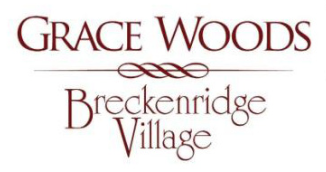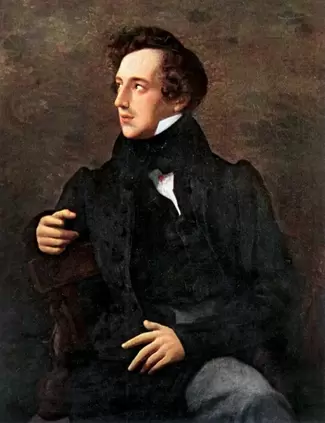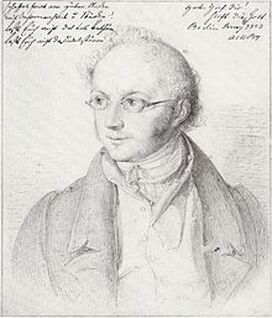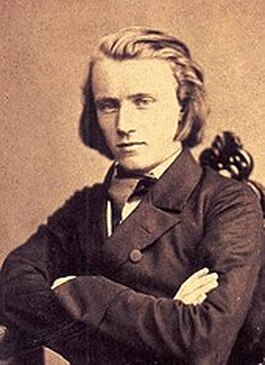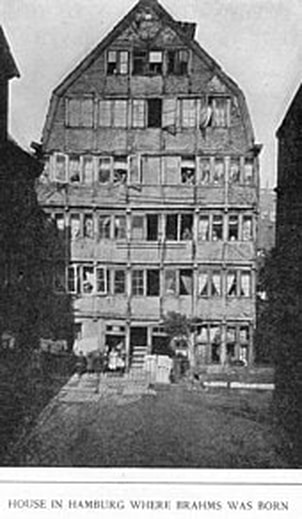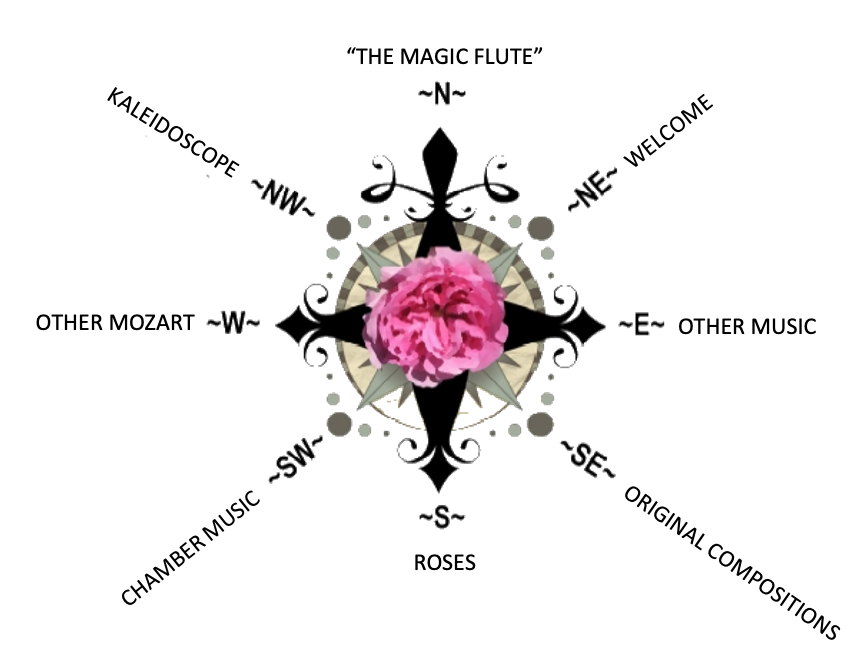- Home
- N - The Magic Flute
- NE - Welcome!
-
E - Other Music
- E - Music Genres >
- E - Composers >
-
E - Extended Discussions
>
- Allegri: Miserere
- Bach: Cantata 4
- Bach: Cantata 8
- Bach: Chaconne in D minor
- Bach: Concerto for Violin and Oboe
- Bach: Motet 6
- Bach: Passion According to St. John
- Bach: Prelude and Fugue in B-minor
- Bartok: String Quartets
- Brahms: A German Requiem
- David: The Desert
- Durufle: Requiem
- Faure: Cantique de Jean Racine
- Faure: Requiem
- Handel: Christmas Portion of Messiah
- Haydn: Farewell Symphony
- Liszt: Évocation à la Chapelle Sistine"
- Poulenc: Gloria
- Poulenc: Quatre Motets
- Villa-Lobos: Bachianas Brazilieras
- Weill
-
E - Grace Woods
>
- Grace Woods: 4-29-24
- Grace Woods: 2-19-24
- Grace Woods: 1-29-24
- Grace Woods: 1-8-24
- Grace Woods: 12-3-23
- Grace Woods: 11-20-23
- Grace Woods: 10-30-23
- Grace Woods: 10-9-23
- Grace Woods: 9-11-23
- Grace Woods: 8-28-23
- Grace Woods: 7-31-23
- Grace Woods: 6-5-23
- Grace Woods: 5-8-23
- Grace Woods: 4-17-23
- Grace Woods: 3-27-23
- Grace Woods: 1-16-23
- Grace Woods: 12-12-22
- Grace Woods: 11-21-2022
- Grace Woods: 10-31-2022
- Grace Woods: 10-2022
- Grace Woods: 8-29-22
- Grace Woods: 8-8-22
- Grace Woods: 9-6 & 9-9-21
- Grace Woods: 5-2022
- Grace Woods: 12-21
- Grace Woods: 6-2021
- Grace Woods: 5-2021
- E - Trinity Cathedral >
- SE - Original Compositions
- S - Roses
-
SW - Chamber Music
- 12/93 The Shostakovich Trio
- 10/93 London Baroque
- 3/93 Australian Chamber Orchestra
- 2/93 Arcadian Academy
- 1/93 Ilya Itin
- 10/92 The Cleveland Octet
- 4/92 Shura Cherkassky
- 3/92 The Castle Trio
- 2/92 Paris Winds
- 11/91 Trio Fontenay
- 2/91 Baird & DeSilva
- 4/90 The American Chamber Players
- 2/90 I Solisti Italiana
- 1/90 The Berlin Octet
- 3/89 Schotten-Collier Duo
- 1/89 The Colorado Quartet
- 10/88 Talich String Quartet
- 9/88 Oberlin Baroque Ensemble
- 5/88 The Images Trio
- 4/88 Gustav Leonhardt
- 2/88 Benedetto Lupo
- 9/87 The Mozartean Players
- 11/86 Philomel
- 4/86 The Berlin Piano Trio
- 2/86 Ivan Moravec
- 4/85 Zuzana Ruzickova
-
W - Other Mozart
- Mozart: 1777-1785
- Mozart: 235th Commemoration
- Mozart: Ave Verum Corpus
- Mozart: Church Sonatas
- Mozart: Clarinet Concerto
- Mozart: Don Giovanni
- Mozart: Exsultate, jubilate
- Mozart: Magnificat from Vesperae de Dominica
- Mozart: Mass in C, K.317 "Coronation"
- Mozart: Masonic Funeral Music,
- Mozart: Requiem
- Mozart: Requiem and Freemasonry
- Mozart: Sampling of Solo and Chamber Works from Youth to Full Maturity
- Mozart: Sinfonia Concertante in E-flat
- Mozart: String Quartet No. 19 in C major
- Mozart: Two Works of Mozart: Mass in C and Sinfonia Concertante
- NW - Kaleidoscope
- Contact
MUSIC OF BRAHMS AND MENDELSSOHN
by Judith Eckelmeyer
(GRACE WOODS MUSIC SESSION MAY 8, 2023)
The familial origins of these two famous German composers could hardly be any more different. Felix Mendelssohn, born on February 3, 1809, in Hamburg, was throughout his life surrounded by all the benefits of a wealthy, socially secure, well-educated and cultured family.
That year, Abraham had his children baptized, and he converted to Christianity in 1822 to avail the family of social equality. Felix’s and his older sister Fanny’s private schooling provided them with a solid basis of then-current knowledge of classical and modern languages and literature. In addition, their musical training was superb, and Felix, in particular, became deeply interested in J. S. Bach’s music. As was typical at the time among the well-to-do, Felix traveled extensively—to France, Italy, England and Scotland—each site informing his compositions and providing opportunity to extend his connections with contemporary performers, composers, and writers. A man of the world!
His grandfather, Moses Mendelssohn, was a known and respected Jewish Enlightenment philosopher; Abraham, Felix’s father, began his career as a banker in Paris, and his wife, Lea (née Solomon), was from a wealthy property-owning family in Berlin. After their marriage Abraham and Lea moved to Hamburg to join Abraham’s brother in his banking firm. The young couple had four children, the second of whom was Felix. The family left the political and financial pressures of Napoleon’s regime and moved to Berlin in 1816.
Johannes Brahms, on the other hand, also born in Hamburg on May 7, 1833, had practically none of the advantages that the Mendelssohn family enjoyed. His mother, Christiane (née Nissen), came from an old well-educated upper-middle class family which had more recently declined into working-class status; she supported herself from the age of 13 by her sewing skills and as a “general servant”, according to Karl Geiringer’s biography of Brahms. After moving in with her married sister and her husband, she met a boarder, Johann Jakob Brahms, who was from a small country town, barely educated, minimally trained on a variety of instruments, and an aspiring professional musician. Johann Jakob had come from the country to the city to try to raise his status through his performing “chops”. Although 17 years her junior, very soon he proposed marriage to Christiane, who by then (1830) was 41 years old. At first they lived in the poorest of neighborhoods, the dingy, crowded and dirty slums, surviving hand to mouth to raise their 3 children.
He began by playing double bass in seedy dockside taverns, sometimes dragging young Johannes out of bed to accompany him. Over time he rose to more respectable positions and moved to better quarters. They encouraged and supported the education of their two sons at school but had to keep their frail and ailing daughter home. Fortunately, they recognized young Johannes’s musical talent early. When he was 7 they found him a fine piano teacher. The rest, as they say, is history….
Brahms’s early success as a concert performer translated into a significant output of piano compositions. In 1858 he completed his first piano concerto, Op. 15, in D minor; he was the soloist at the premiere. Its first of three movements is dark, passionately stormy and restless-sounding, but the calmer second movement he intended as a “portrait” of Clara Schumann, Robert’s (1810-1856) wife, toward whom he had developed a deep infatuation.
Brahms Piano Concerto No. 1 in D minor, Op. 15
Maurizio Pollini, piano
Christian Thielemann, conductor | Staatskapelle Dresden
Maurizio Pollini, piano
Christian Thielemann, conductor | Staatskapelle Dresden
Twenty years later he composed his second piano concerto, in B-flat major, Op. 83.
Brahms Piano Concerto No. 2 in B-flat major, Op. 83
Munich Philharmonic | Walery Gergiev, conductor
Munich Philharmonic | Walery Gergiev, conductor
There is a world of difference between the two works. The second concerto has not 3 but 4 movements, including what Brahms teasingly referred to it as a “tiny, tiny whisp of a scherzo”. Any pianist preparing to play any of the four movements would be confounded if he or she accepted Brahms’s comment at face value. Like the first concerto, the second has monumental technical demands and requires the performer’s capacity for deep introspection. Nowhere is this more true than in the incomparable third movement in which Brahms own maturity shines through. This movement begins with a long, slow, beautiful major-key cello solo, surprisingly similar to one his later Lieder, “Immer leiser wird mein Schlummer” (My sleep becomes ever gentler), Op. 105, No. 2, of 1886, which is in a minor key. The gradual inclusion of the solo piano begins one of the most difficult and moving of all of the composer’s large works for his own instrument.
Brahms 5 Lieder, Op. 105, No. 2
Elly Ameling, vocalist | Dalton Baldwin, piano
Elly Ameling, vocalist | Dalton Baldwin, piano
Mendelssohn’s extensive visit to Italy in 1830-31 afforded him the opportunity to visit numerous cities and natural wonders. Beginning with Venice in October 1830, he traveled to Florence and then to Rome, Naples, Pompeii, Florence again, Genoa and Milan, and thence back to Germany.
Although he had written 12 symphonies for strings as a teenager, by 1933 he had completed only 2 mature symphonies (those numbered 1, 1824, and 5 [!], “Reformation”, 1832).
Mendelssohn 1. Sinfonie
hr-Sinfonieorchester (Frankfurt Radio Symphony Orchestra) | Paavo Järvi, Dirigent
hr-Sinfonieorchester (Frankfurt Radio Symphony Orchestra) | Paavo Järvi, Dirigent
He began sketches for his third symphony (aka the 4th, “Italian”) in Rome, completing it in 1833. The brilliant and cheerful work in A major reflects his enchantment with the sunny world of Italy (especially in the winter months). Its traditional four movement structure includes some interesting variants on classical models. The 2nd movement in a walking meter and tempo suggests a procession of pilgrims; the melody they “sing” has been identified as a Czech pilgrims’ song. The final movement is a lively Neapolitan dance, a saltarello, very similar in style to a tarantella. The surprise is that the dance is not in the home key of A major but concludes the symphony in A minor. The “classical” features of Mendelssohn’s music are supplemented by his music’s “romantic” sense of place and atmosphere, which is matched in his fine drawings of scenes of places he visited.
Mendelssohn 4. Sinfonie "Italienische"
Sinfonieorchester (Frankfurt Radio Symphony Orchestra) | Paavo Järvi, Dirigent
Sinfonieorchester (Frankfurt Radio Symphony Orchestra) | Paavo Järvi, Dirigent
Judith Eckelmeyer © 2023
Choose Your Direction
The Magic Flute, II,28.
